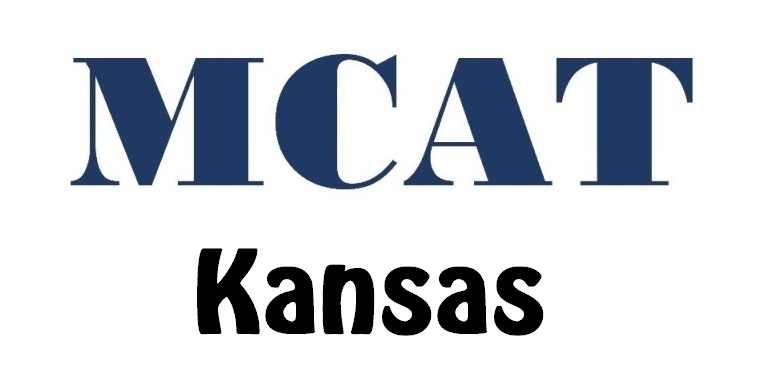According to AAMC (the MCAT test maker), there are 5 MCAT test centers in Kansas. Most testing centers are located inside a college or university. You can select a testing location that is nearest to you. Please note that you are able to choose a test center when registering for the MCAT.

Hays – Park Street
701 Park Street
Picken Hall RM 117A
Fort Hays State University
HAYS, KS 67601
Kansas – Overland Park
9611-E METCALF AVE
METCALF S. SHOPPING CENTER LOWER LEVEL
OVERLAND PARK, KS 66212
Pittsburg – South Broadway
1701 SOUTH BROADWAY
PITTS ST UNIV/206B WHITESITT HALL
PITTSBURG, KS 66762-5889
Topeka – Wanamaker
2800 WANAMAKER, STE 150
TOPEKA, KS 66614
Wichita – N Woodlawn
2020 N WOODLAWN, STE 620
CO-LOCATED W/ SYLVAN LEARNING CTR
WICHITA, KS 67208

Hoover Dam. Ideas and projects
Already at the beginning of the 20th century, the idea arose to build a complex of hydraulic structures on the Colorado River. The need for such a decision was due to the wayward “character” of the river (for example, in 1905, after heavy rains, Colorado changed its course, forming Lake Salton Sea in California), as well as the desire to use its waters to irrigate fields and develop agriculture in the arid regions of the south. – Western USA. With the development of the electric power industry, the high hydroelectric potential of Colorado has become very tempting.
In 1922, the Bureau of Reclamation (a division of the Department of the Interior dealing with the country’s water resources) submitted a report to the US Government recommending the construction of a dam on the Colorado River in the Boulder Canyon region (hence the first name of the project – Boulder Dam). Subsequent geological surveys showed that the Black Canyon was a more suitable place for the construction of a new dam.
At that time, there were serious political obstacles to the beginning of the construction of the dam. US jurisprudence knows a lot of litigation between the use of water from the rivers flowing through the territory of several states. Prior to commencement of work, a compromise had to be reached in order to rule out future claims by any of the interested states. It was for this purpose that a commission was formed in 1922, which included representatives of seven US states, through whose lands the Colorado River and its tributaries flow (Wyoming, Colorado, Utah, New Mexico, Nevada, Arizona and California). Herbert Hoover, who was then Secretary of Commerce in the government of Warren Harding, and later became President of the United States, also participated in the work of this commission. The result of the work of the commission was the signing of an agreement on the procedure for the use of water resources of Colorado.
The next obstacle to the construction of the dam was the issue of financing the grandiose project. Congressmen and senators from California, most interested in the implementation of the project, have repeatedly raised this issue in the US Congress, but only after the devastating flood on the Mississippi in 1927 and the death of hundreds of people as a result of the destruction of the St. Francis Dam in Los Angeles, the corresponding decision was made.
On December 21, 1928, US President Calvin Coolidge signed into law a bill authorizing the construction of the “Boulder Canyon Project” and providing for its funding. In addition to the “main” dam, which became known as the “Hoover Dam”, the project included the construction of another dam downstream of the Colorado – Imperial (Imperial Dam), as well as the “All-American Canal” (All-American Canal), designed to provide water to extremely fertile, but the drylands of Southern California.
The project of the future Hoover Dam was developed by engineers of the US Bureau of Reclamation under the guidance of the famous “dam designer” John Savage, who later participated in the creation of the Shasta Dam on the Sacramento River in Northern California, the largest Grand Cooley Dam in the United States in the state of Washington, and also proposed a project built already in XXI century the world’s largest hydroelectric power station “Three Gorges” in China.
It was decided to build the so-called “arch-gravity” concrete dam, which has the shape of an arc in plan, convex upstream of the river. The thickness of the dam at the base was supposed to be about two hundred meters, and at the top – only fourteen, and car traffic was provided for along the dam.
